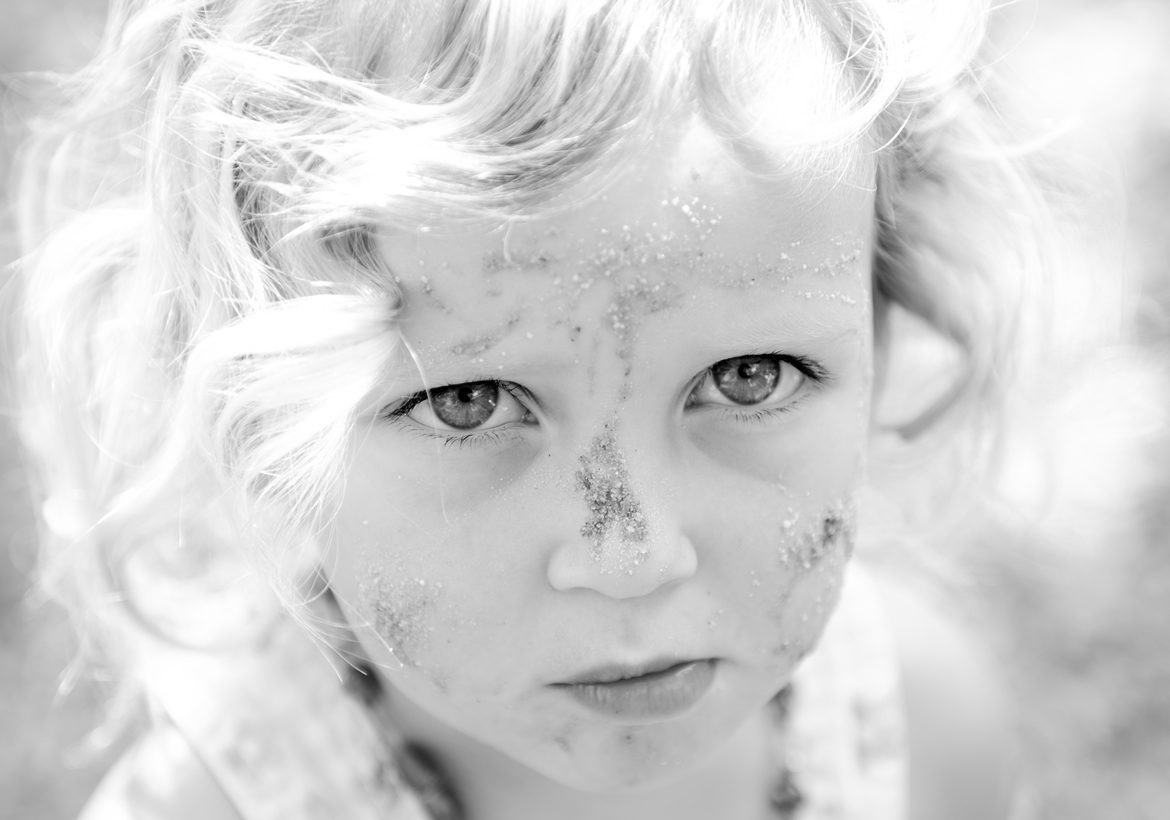“The only way to help your child is to do the work yourself. Your child needs a guide through the tsunami.” – Leslie Potter, Purejoy Parenting
When tempers are fraying at your house, who has the power to calm the storm? You. But you can’t do that if you’re in a state of emergency.
Unfortunately, many of us forget that parenting is rarely an emergency. When our child gets defiant, we feel an urgent need to take action. So we rush in, sirens blaring, and instead of a minor squall, we create a tsunami.
How can you model self-regulation and emotional intelligence instead of drama and tantrums?
- Remind yourself that it isn’t an emergency.Do those big feelings trigger you? Join the club! Self-care includes learning to soothe yourself and restore your own sense of safety. Breathe deeply to shift yourself out of “fight or flight.”
- Remind yourself that your child isn’t “misbehaving” because he’s out to get you.If he’s “acting out,” he’s acting out emotions he can’t articulate. He’s still learning and his brain is still developing, so he needs your help to calm down and put his feelings into words.
- Control you, not your child.You can’t help your child if you’re triggered. Resist taking any action while you notice your own emotions. Your priority is to melt that knot in your chest that’s making you feel so upset. Once you restore yourself to a state of calm, your child will be more reasonable, too. If she’s not, go on to #4.
- Create safety by listening.When you’re fully, kindly, attending to your child, he feels safe to show you his most vulnerable feelings, so he doesn’t get stuck in anger. Whether your toddler is tantrumming or your teenager is shouting, what your child needs is for you to listen. Say“You must be so upset to speak to me that way….Sweetie, what’s going on?” Then listen.
Wondering how your child will stop tantrumming or shouting if you “reward” him by listening? If he feels heard, he won’t need to shout. And ultimately, kids learn emotional regulation from our modeling. So shouting back teaches all the wrong lessons. Of course you need to set limits on dangerous behavior, but you can do that with compassion so you create emotional safety at the same time. You never need to limit feelings. And no, sending your child to his room to calm down does not create emotional safety. It teaches your child that his emotions are shameful and scary.
- Soften your heart.What if your child is stuck in anger and doesn’t soften? Lead the way. Soften your own heart. Sure, you’re right, at least from your perspective. But would you rather be right, or be love? Let go of being right and see it from his perspective. He’ll soften in response, and show you the tears and fears behind the anger. You might think you’re “giving in.” But if you try this, you’ll find that softening your heart to see his side of things is healing for you, too.
- Take a break.Can’t get any softer at this moment, because you’re both too angry? Let it go for now. Tell your child “I need to calm down; then we’ll find a way to make this better.”Once you’ve calmed down, find a way to re-connect. Model for your child how to repair the tear in your relationship. Use physical touch and playful laughter to build trust and safety.
That’s it. Less drama, more love.
But what if you find yourself exploding often? That’s a message that you need to do some work on yourself. After all, no one ever really “triggers” you. They’re your triggers, from your own childhood. Your child has simply unearthed them and is giving you the opportunity to heal them.
Dr. Laura Markham is the author of Peaceful Parent, Happy Siblings: How To Stop the Fighting and Raise Friends For Life and Peaceful Parent, Happy Kids: How To Stop Yelling and Start Connecting. Find her online at AhaParenting.com











